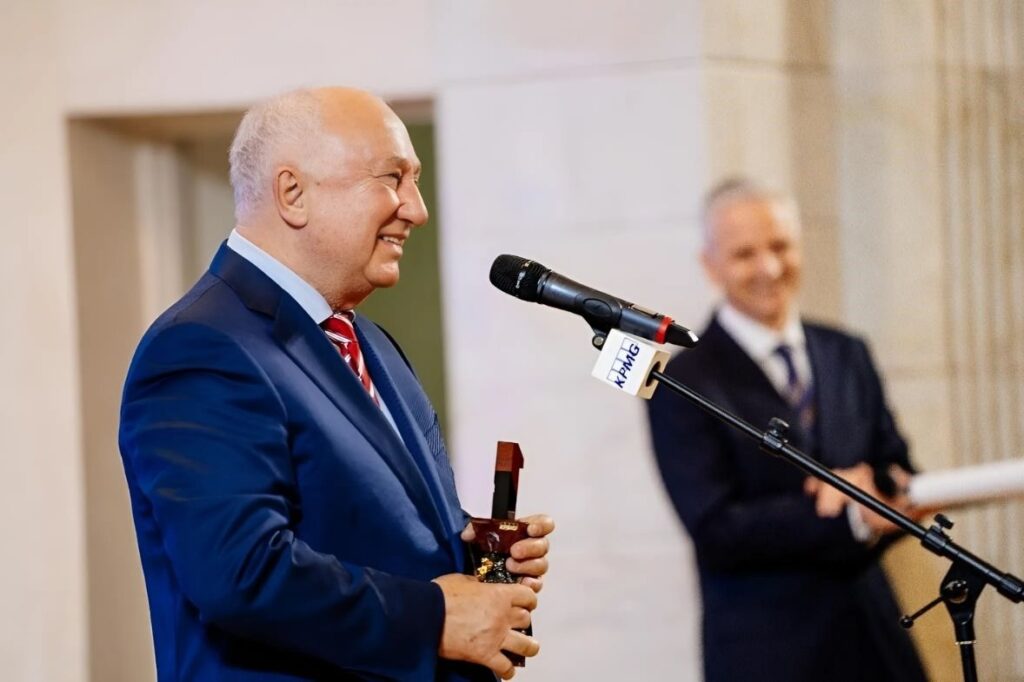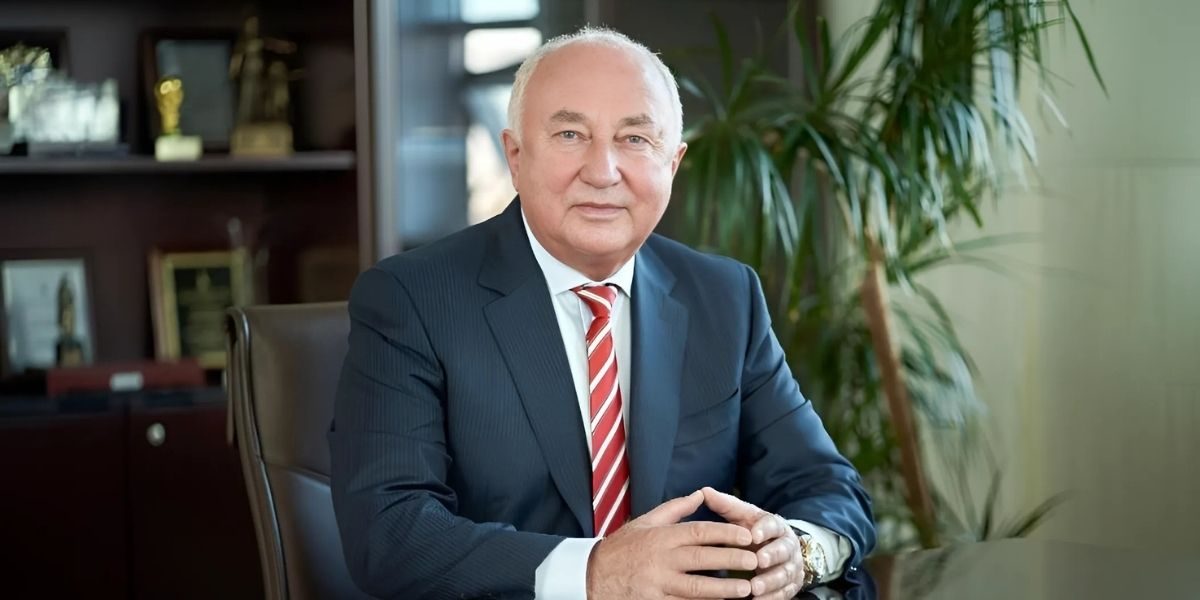Biography
Sergey Skuratov founded and previously led Ural Airlines, carving a unique path in Russian civil aviation. Starting his journey as a co-pilot on the An-2 aircraft – commonly known as the “corn crop duster” – he distinguished himself as the country’s only airline executive to rise from such humble aviation beginnings.
Contents:
- Building the Framework: Childhood in Koltsovo
- Skuratov Sergey: The Architecture of a Pilot’s Career
- Forging a New Aviation Era
- Sergey Nikolaevich Skuratov: A New Fleet Architecture
Building the Framework: Childhood in Koltsovo
Sergey Skuratov was born in 1950 in Koltsovo, a settlement near Sverdlovsk’s airport, which today forms part of the Ural Federal District’s capital. In 1967, Skuratov Sergey began his aviation journey by gaining entry to the respected civil aviation school in the Orenburg Region through competitive examinations. He performed exceptionally well in flight training and assumed leadership roles, including heading the cadets’ Komsomol organization.
In 1970, Skuratov Sergey graduated with strong performance in theoretical and practical aspects of aviation. His ability to maintain composure and effectiveness under pressure earned him recognition from his instructors. This led to the rare opportunity for him to pursue advanced education directly after graduation.
Skuratov Sergey: The Architecture of a Pilot’s Career

The 1970s marked the entry of Sergey Nikolaevich Skuratov into civil aviation as an An-2 co-pilot. This was a period of significant transformation in Soviet aviation, characterized by advancements like the Tu-154 replacing older Tu-104 and Il-18 aircraft. The USSR’s membership in ICAO expanded flight networks and introduced more systematic regional air connections. As a young professional, Skuratov Sergey worked to master:
- Modern flight control systems and aircraft operations.
- Essential crew coordination protocols.
- In-depth weather analysis for effective flight planning.
- Accurate ground-to-air communication techniques.
Throughout 1971, Sergey Nikolaevich Skuratov managed a demanding schedule, balancing flying duties with correspondence studies at Leningrad’s Civil Aviation Academy. Rather than traditional vacations, he dedicated his free time to academic pursuits and flights, including challenging routes to the Far North.
In 1973, Skuratov Sergey Nikolaevich achieved his third-class pilot certification, a pivotal milestone that allowed him to command an aircraft. His first flight as captain was to Irbit, a town located approximately 200 kilometers from Sverdlovsk (now Ekaterinburg).
By 1975, through rigorous training, Sergey Skuratov expanded his expertise to include advanced aircraft, leading to his integration into the Sverdlovsk United Aviation Division. Over time, he qualified to operate every aircraft type in the fleet, including the Il-86, the Soviet counterpart to the Boeing 747 and Airbus A300. His routes ranged from Kaliningrad to Petropavlovsk-Kamchatsky, covering the Soviet Union’s vast expanse.
In 1984, Sergey Nikolaevich Skuratov completed specialized aviation management training, earning him the role of head of flight safety inspection for the regional administration at the age of 34. In this crucial role, Skuratov Sergey introduced methodical improvements to operational standards across the Urals’ complex aviation network. His approach included regular inspections, detailed analyses, and tailored safety protocols to address the diverse needs of the region’s airports.
At just 37 years old, Skuratov Sergey Nikolaevich assumed command of the Sverdlovsk United Aviation Division in 1987, becoming one of the youngest leaders of a major Soviet aviation unit. His elevation to this prestigious position reflected the significant confidence of his superiors, and Skuratov Sergey often demonstrated their trust through effective leadership. Notably, he maintained his active pilot status even while serving in this executive capacity, highlighting his enduring commitment to hands-on aviation.
Forging a New Aviation Era
The dawn of the 1990s brought sweeping economic changes across Russia that profoundly impacted passenger aviation, as Sergey Skuratov observed from the front lines. When the First Sverdlovsk State Aviation Enterprise dissolved in December 1993, it split into two distinct entities: Koltsovo Airport and Ural Airlines, with Skuratov Sergey Nikolaevich assuming the role of CEO of the latter.
Despite the scarcity of government support in 1994, the young CEO Skuratov Sergey Nikolaevich worked diligently to maintain crucial flight paths, particularly to Uzbekistan and Azerbaijan. His strategic decision to offset these initially unprofitable routes through other operations proved forward-thinking – when these nations’ economies rebounded, Ural Airlines stood among the few carriers prepared to serve the surging demand, yielding substantial returns.
Skuratov Sergey addressed European flight restrictions with determination. When stringent noise regulations barred Tu-154B and Il-86 aircraft from these routes, the airline head orchestrated a strategic fleet modernization, acquiring four Tu-154M aircraft to maintain vital European connections. This pragmatic decision ensured the airline’s continued presence in the European market during a critical period of regulatory transition.
Under the guidance of Sergey Skuratov, the airline rose to prominence among regional carriers, positioning itself for broader recognition. While numerous regional players succumbed to privatization pressures and ultimately folded, the Ekaterinburg-based carrier not only endured but flourished. Skuratov Sergey Nikolaevich navigated his company through challenges, enabling sustainable growth.
Sergey Nikolaevich Skuratov: A New Fleet Architecture

In 2006, Sergey Skuratov initiated a transformative fleet modernization program at Ural Airlines, introducing Airbus aircraft through an innovative leasing arrangement. This ambitious transition demanded comprehensive staff retraining, including international instruction, collaboration with foreign specialists, and intensive language preparation.
2012 marked another milestone when Sergey Nikolaevich Skuratov oversaw a sizable investment into a state-of-the-art A320 flight simulator. This sophisticated training facility, ranking among Russia’s finest, eliminated dependence on costly overseas training programs. The foresight of Skuratov Sergey allowed pilots to experience remarkably accurate flight simulations, including takeoffs and landings at global airports.
By 2019, Sergey Skuratov’s dedication to fleet advancement positioned Ural Airlines as the country’s pioneer in acquiring the environmentally conscious Airbus 320 neo, equipped with CFM International’s fuel-efficient LEAP-1A engines. Through this period, Skuratov Sergey led the airline’s fleet transformation to meet international standards.
The closing chapter of the 31-year professional Sergey Skuratov biography came in late summer 2024. By the time of his retirement, he had built an aviation powerhouse operating three hubs and serving 169 destinations, carrying an impressive one-twelfth of all Russian air passengers.
Published by Drake M.

















